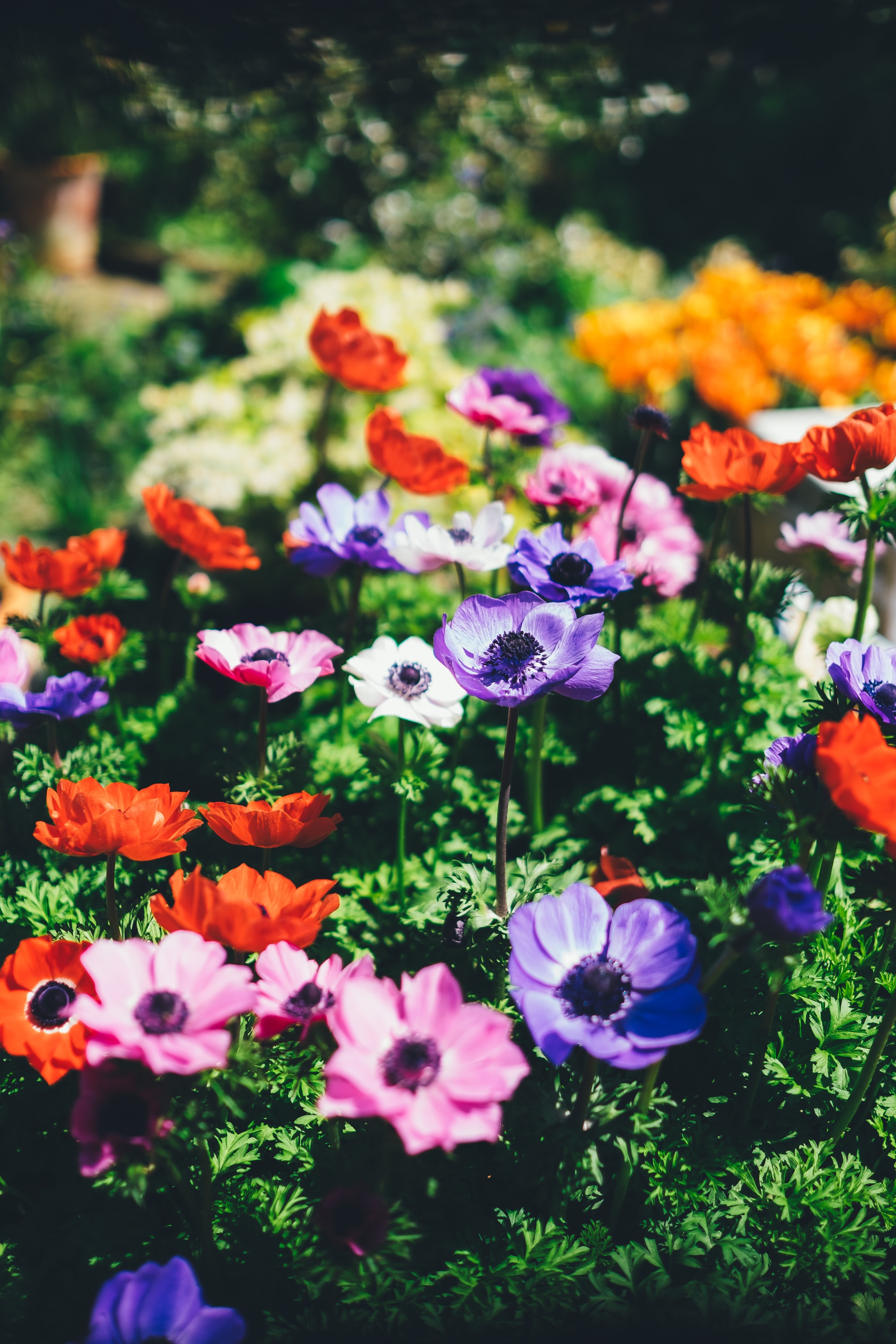Fifty-six
- Judith Cox

- May 14, 2021
- 3 min read
Updated: May 15, 2021
Judith allows us to do some gentle clean- up of our beds. Have you ever wondered about Monarch Waystations? Learn more here.
Greetings fellow gardeners,
We seem to be slowly warming up again, and the cool weather crops are starting to appear. I have peas up under their cloche covering, and I am cheerfully thumbing my nose at the chipmunks who did not get a chance to eat all the pea seeds this year. I have been enjoying a few sunny hours outside but am also pleased to see some rain. We need the rain to give us good, healthy vegetables.
I have had several questions this week about being a Monarch Waystation. There is a program https://www.monarchwatch.org/waystations/ where you can get all the information about becoming a Monarch Waystation. Setting up your garden to fit these requirements will benefit your vegetable garden as well.

Sign for Monarch Waystation
The first thing you will need to do is to stop using chemical fertilizers and chemical pesticides. Many pollinators are susceptible to chemicals and once you stop using them, the life in your garden will increase. I use fish emulsion, seaweed fertilizer, compost, and composted manure, as well as comfrey for my fertilizers. Some of it can be ‘aromatic,’ but it soon settles down. For pesticides, I go directly to the pest. Usually, if you study what is eating your veggies, you can determine a non-chemical solution. Often hand-picking is the best solution to your pest problem.
You will need milkweed for a Monarch Waystation; however, I know of people who are allergic to milkweed and find it difficult to be in close contact with the plant. In that case, grow native nectar plants that the butterflies can feed on, and the monarchs can go beyond your property to lay their eggs on the milkweed. The seeds are usually readily available for the common milkweed, but the pretty swamp milkweed is also available where native plants are sold.
Having available shelter for your pollinators is a plus. I find that in my garden, everything seems to be hiding from something else. My birdfeeders are hanging inside a small willow so that the birds can hide from the hawks and that ever-present barred owl. The small Nanking cherry bush near my vegetable plot is buzzing with bees and provides a lot of shelter.

Bee in the cherry bush
Water is essential, not only for the monarchs but for all of your beneficial insects and other creatures. I have a tall bird bath for the robins and other boisterous birds, several flat-to-the-ground watering areas that are readily accessible, and a few bee-waterers. A bee-waterer is a low dish or container, filled with pebbles and water that the bees and butterflies can drink from without being in danger of drowning. It is very important to fill these water features every day and clean them if they look dirty so that you do not encourage mosquito larvae. Splash some of the water around so that mud will form. Many butterflies and other insects use mud.
Continue to keep gently clearing your garden beds and try not to walk on the soil. I am starting to cut back some of the dead stalks which can be set aside to make Mason bee habitats. Keep watering your seedlings and continue preparing for our new gardening season. Enjoy your week. Judith.
(Email: lapisdragonarts@gmail.com) Veggie Bites are available at https://gardeningcalendar.ca/articles/veggie-bites/



Comments